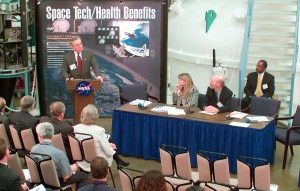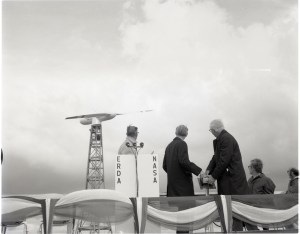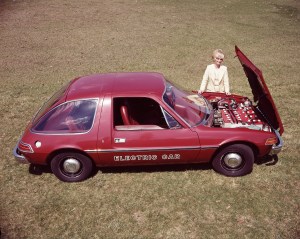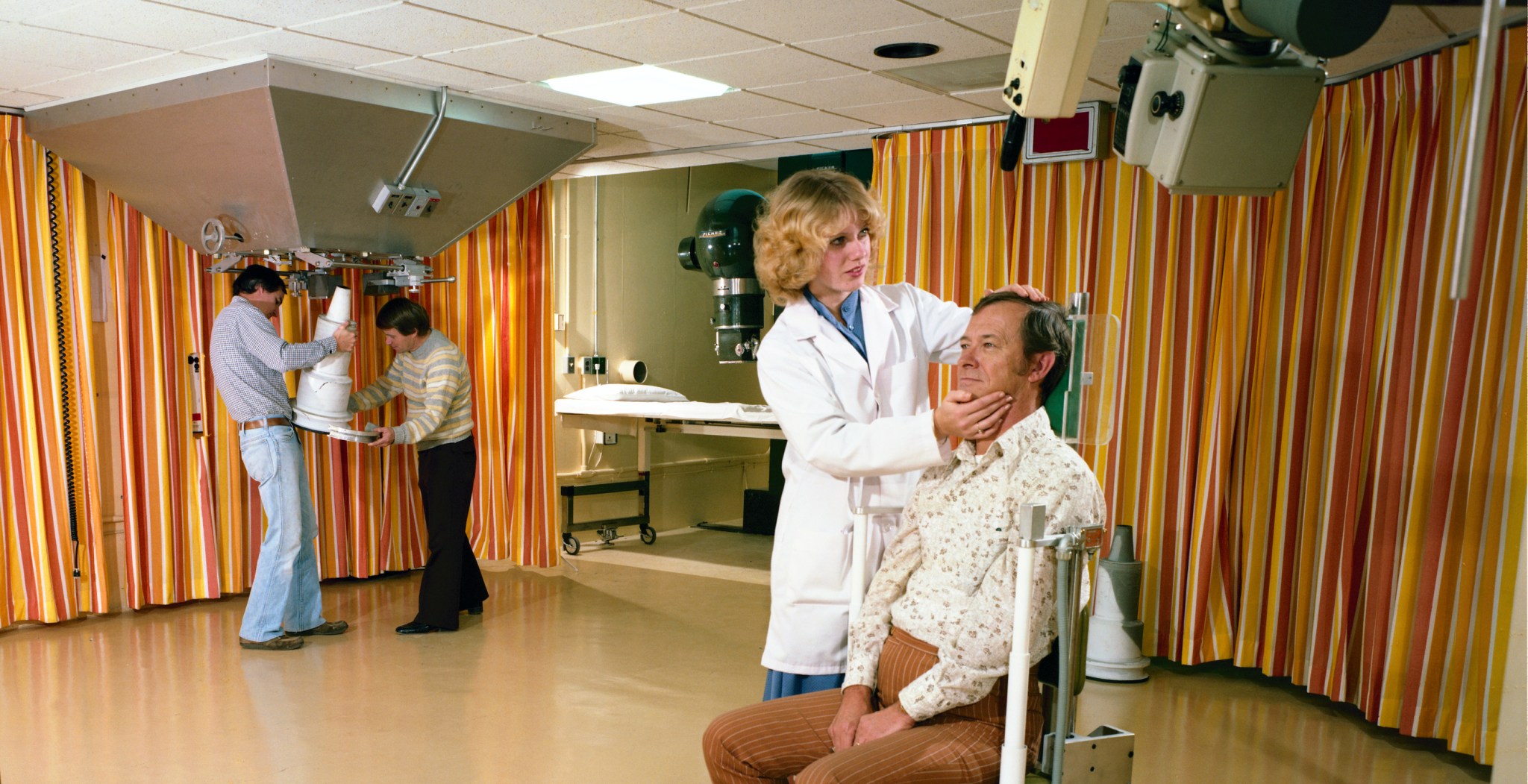
On November 9, 1977 a NASA Lewis (now NASA Glenn) employee guided a guest down a stairwell behind the Materials and Stresses Building and into the underground Cyclotron Facility. After being introduced to medical staff, the individual was led through an underground corridor to the treatment room. Colorfully painted walls and curtains hid the thick radiation-shielding concrete walls.
The staff situated the patient in a medical chair and went back to the control room to remotely target a brain tumor with a stream of fast neutrons from the cyclotron. Thus began the nearly 15-year Neutron Therapy Program.
The center installed the cyclotron, a type of particle accelerator, in the 1950s to study effects of radiation on materials for nuclear aircraft. The research soon included general nuclear physics, solar radiation effects and the production of medical isotopes. NASA’s cancellation of its nuclear programs in 1972 led to a significant decline in cyclotron activities.
The center then offered external organizations the opportunity to utilize the facility for other applications. In 1975 the Cleveland Clinic Foundation agreed to use the cyclotron to support a national neutron therapy study. This experimental program compared the effect of fast neutrons to traditional x-ray radiation for destroying cancer cells. The Clinic funded the addition of new areas to the Cyclotron Facility to accommodate the medical personnel and patients.
The Clinic, which assumed complete control of the operation in 1981, treated more than 1,200 patients before ending the program in 1990. The study found that fast neutrons were particularly effective on prostate and salivary gland tumors.
NASA idled the facility in the early 1990s and demolished it in 2019.
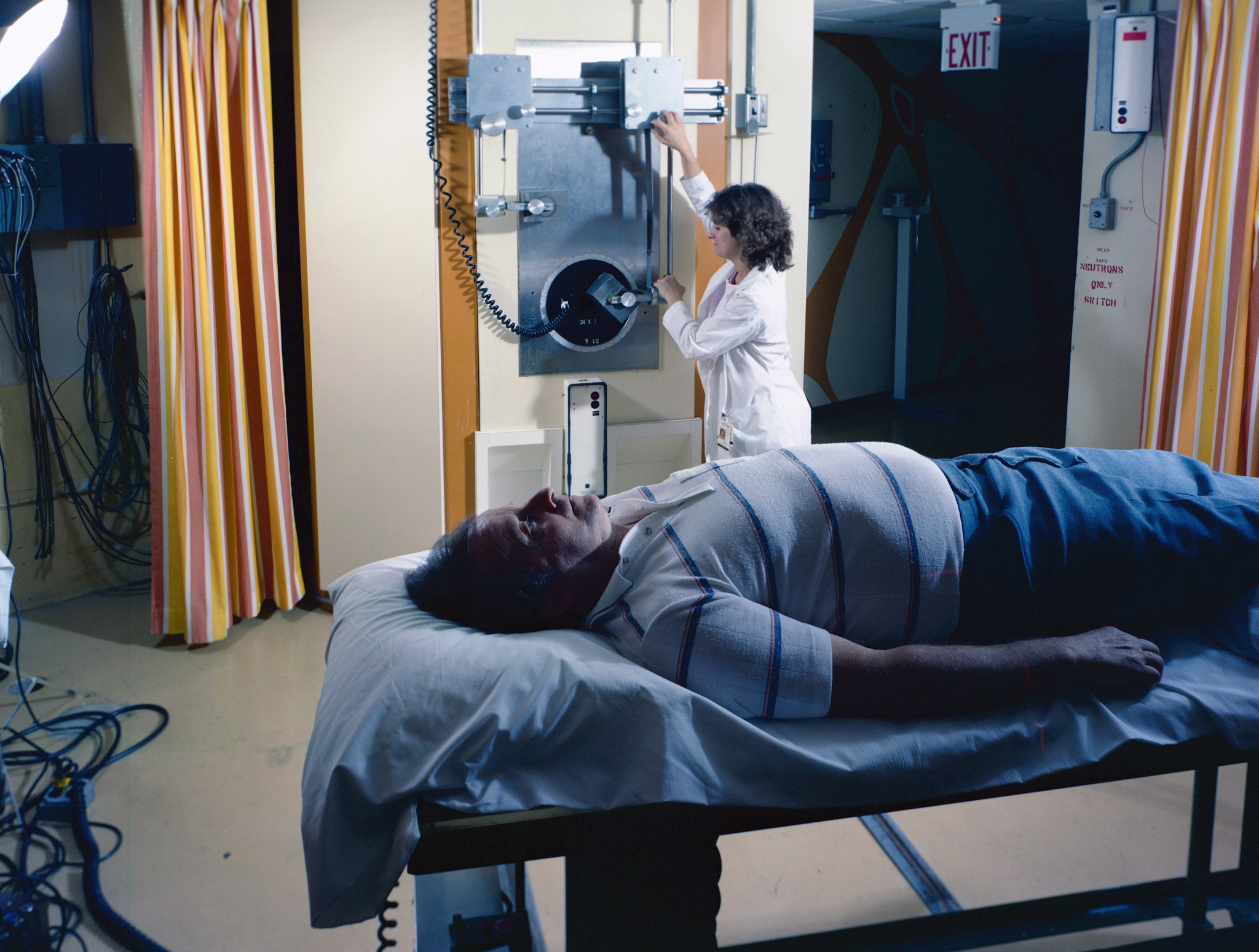
Robert S. Arrighi
NASA’s Glenn Research Center


























